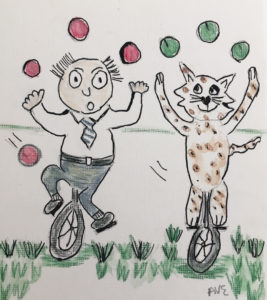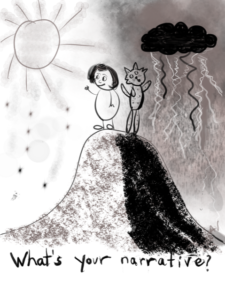
“We don’t talk with each other.” “The leaders each have their own fiefdom.” “Our stock price is tanking and we are fighting each other.” “We have too many priorities.” “Nothing is being done well.” “What are we trying to do?”
It is not uncommon to find leaders each operating with their own assumptions in an effort to create success. However, given their different backgrounds and experiences each focuses on what he or she deems is most important. Often energy is wasted and the price of misalignment is high. It is costly for the leaders and even more so for those reporting to them.
I assume you have experienced the frustration, decreased energy and commitment drain when you have worked in a system where you believe the leaders are misaligned, not listening and the direction is unclear. On the other hand, there is increased creativity and innovation and success seems to flow when there is open-mindedness and alignment.
What can you do? I suggest three steps:
- Schedule a transformational retreat
- Collect perspectives
- Engage in dialogue for alignment
- Schedule a transformational retreat
Devoting time for dialogue and connection is useful when a team or an organization is newly formed. It is great to define expectations and agreements and support a positive beginning. When changes are going to be introduced, it is helpful to ensure that leaders are on the same page and speaking the same language. A merger, reorganization or a new leader or a significant change, each create uncertainty and the need for alignment and dialogue. While it can be challenging to find a date, it is useful to announce the intention to create a positive environment for dialogue and alignment.
- Collect perspectives
As part of my work facilitating a leadership team retreat I speak with each member of the team and other key stakeholders before we all meet. It is amazing how different the perspectives are on what is happening and what should be done. Each person is seeing the environment and the situation from their vantage point. The marketing person shares her concern about how the competition is gaining market share and poaching key people and emphasizes the need to invest in facilities and promotion. The finance person talks about market share and the need to reduce expenses. The technology leader believes that the company can be transformed by investing in new processes. The business line heads may hope to acquire other businesses or grow their business.
Often each person also complains about what others are doing or not doing and what the leader should do. Each believes that he or she is right. And it is clear that they don’t all see the whole situation.
Most of the time the leaders are busy with their function or business lines and have not had the space or support to genuinely step back and assess the best direction for the enterprise given changing conditions. The value of a retreat is that all the views can be put on the table in an open atmosphere. Leaders can collectively step back from their own day-to-day challenges and look at the larger picture together. In the process, they get to know one another more and learn skills.
As a team and executive coach, I use the interviews before the retreat as an opportunity to coach and challenge leaders to try new behaviors and explore other perspectives.
- Engage in dialogue for alignment
With the support of a facilitator/coach the various views can be surfaced and explored in the context of developing a shared strategy. Engaging in open-minded dialogue strengthens the team by enhancing trust.
I like to jumpstart retreats by sharing the multiple perspectives regarding the business and how the team is working. I share that it is natural that participants have different perspectives and encourage the group not to make each other wrong. Participants want the organization to succeed and need to see that they rise and fall together in the same boat. By sharing the findings from interviews upfront, people know that the issues are on the table and they can get to work to clarify their vision and priorities. I also work with teams to clarify their criteria for decision- making and what they will postpone or not do. This can be one of the most challenging conversations. In addition to aligning on the strategy and priorities, the team focuses on being open-minded and how to engage in positive and productive conversations. Participants listen and give empathy to one another. They experience a new way of interacting and co-creating agreements. I teach participants the OASIS Conversations process that supports them in being open-minded and curious and creating understanding and agreements. Participants agree on the kind of culture they will inspire together.
The transformational experience is unforgettable. When people come together to work on a shared goal and support one another, it is exciting and worthwhile. Leaders realize that they can achieve goals and make a difference together.
When team members leave a meeting aligned on their vision, strategy, priorities, processes and values they are prepared to lead together. They agree on structures and practices to ensure sustainable success. The alignment is palpably experienced by others and can be communicated across the organization.
How aligned is your team and are they engaged in open-minded conversations?
How to create alignment is one of the topics we discuss in Use Your Next Leadership Retreat to Launch a Transformation: Learn the Process September 24 from 12 – 4:30 at the Catalyst Ranch in Chicago. Learn more here.
Jackie Sloane and Ann Van Eron are seasoned executive coaches, and work together with leaders to create transformational interventions and retreats for public sector, corporate, privately-held and not-for-profit entities.
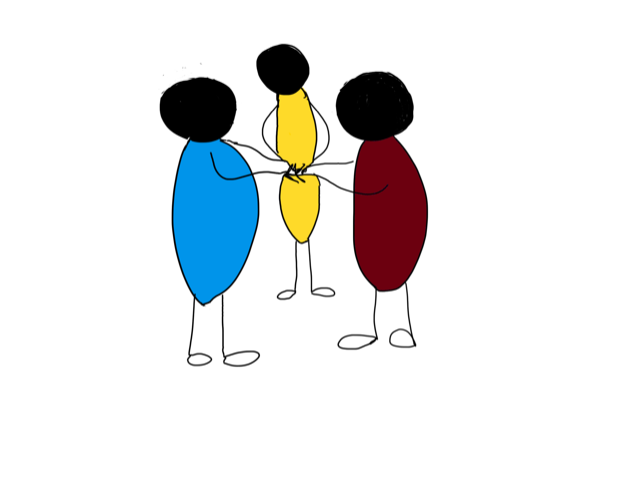

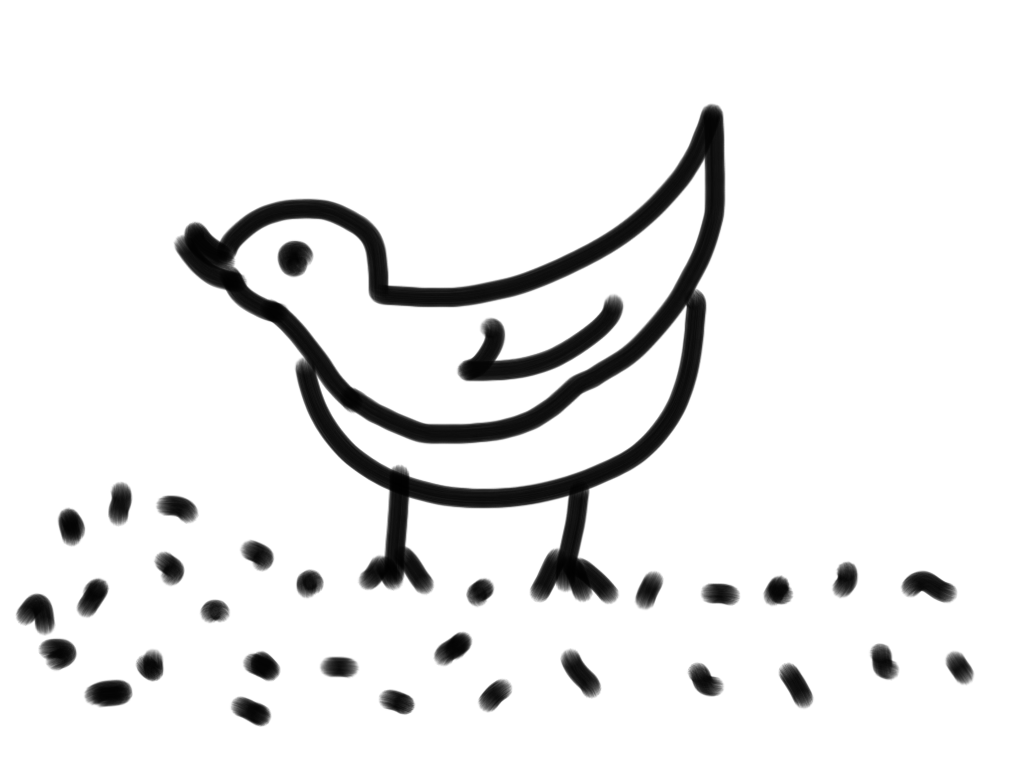


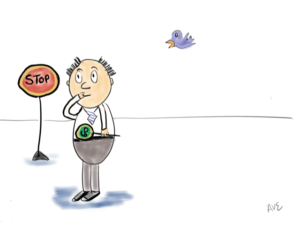 “I don’t know what direction to pursue.” “Should I change jobs or start a business or stay with my current role?” “Should we have a baby?” “Should I apply?” “Should I say yes?”
“I don’t know what direction to pursue.” “Should I change jobs or start a business or stay with my current role?” “Should we have a baby?” “Should I apply?” “Should I say yes?” 